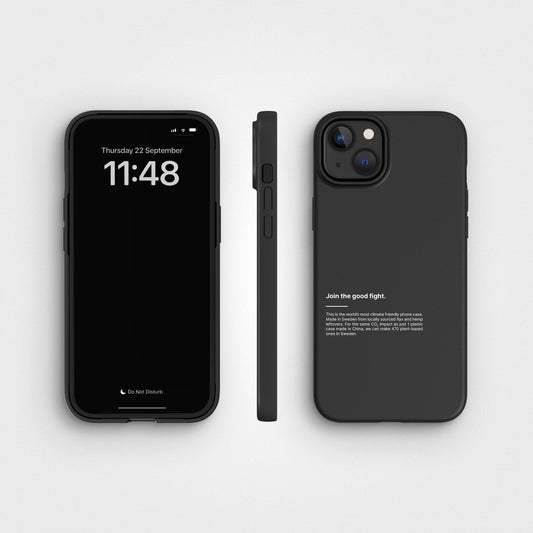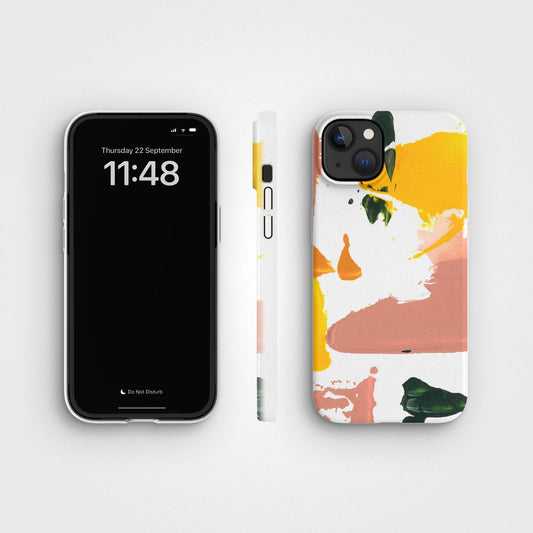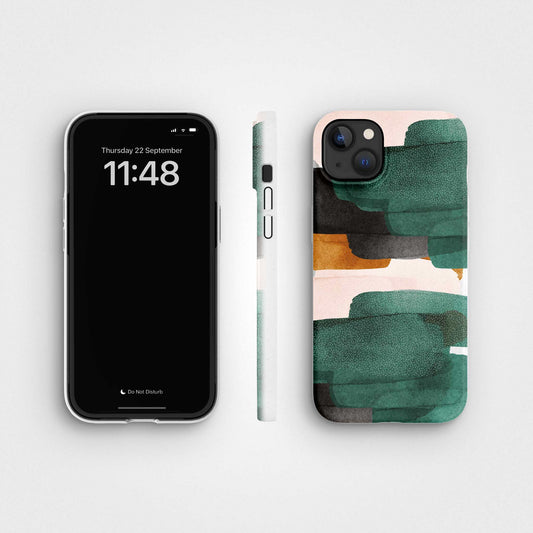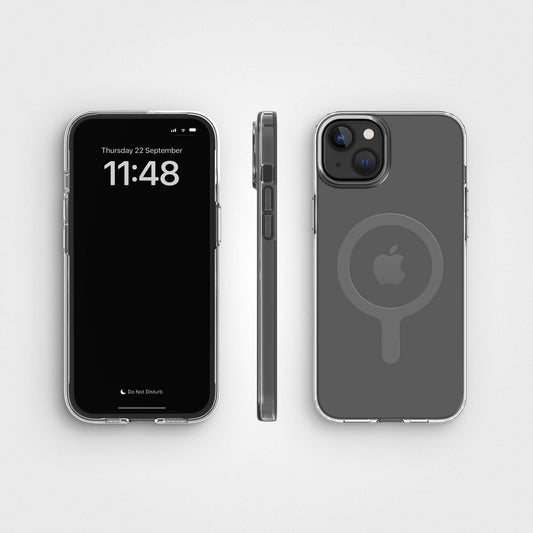Since the 1950s, we’ve created over 8 billion metric tons of plastic. That’s the equivalent of 25,000 Empire State Buildings, one billion adult elephants, or one Donald Trump ego. Plastic is definitely more useful than the latter but can still be environmentally destructive and, unfortunately, we can’t vote it out of existence (but we can take other actions, as we’ll go into).
So where does all that plastic go? If you accidentally leave your plastic bottle or fork somewhere, what happens to it? What happens if you put your old mobile case in the bin? A plastic item’s journey continues long after its initial purpose is served, due to the fact it takes so long to biodegrade.
According up-to-date scientific research, these are the most likely scenarios.

Plastic ending up on landfills
If you throw plastic into the regular bin, not recycling, then this is where it will go. That is if it doesn’t get blown overboard along the way. Once in a landfill, it can take plastic up to 1,000 years to biodegrade, silently occupying vast expanses of land for centuries. The enormity of this issue becomes even more apparent when we consider the sheer volume of plastic waste generated globally each year.
Plastic bags, those seemingly insignificant carriers of convenience, have an average lifespan of around 10 years in a landfill, while bottles, once discarded, can persist for a staggering 450+ years before they begin to fragment into smaller pieces. However, the concept of biodegradation in landfills can be misleading, as the process occurs at an extremely slow pace due to the lack of oxygen and other necessary conditions for microbial activity.
When plastic does eventually break down, it does so into tiny particles that can sometimes leak into the soil and water, creating a widespread contamination concern. These minute remnants are none other than the infamous microplastic, pieces smaller than 5 millimetres, and they get everywhere - from the depths of the ocean to the highest peaks. The far-reaching consequences of microplastic pollution continue to emerge, affecting marine life, wildlife, and even human health, as these minuscule particles are ingested by organisms and make their way up the food chain.


The ever-growing accumulation of plastic waste in landfills not only poses an environmental challenge but also highlights the urgent need for sustainable waste management practices. As we become more aware of the long-lasting impact of plastic on our planet, it is crucial that we collectively strive for a circular economy that emphasises recycling, reduction, and innovation in packaging materials.
Plastic and the environment
The environment suffers greatly from the pervasive presence of plastic. It's estimated that 79% of plastic ends up in nature. But the natural world wasn’t ready for plastic. It is, after all, unnatural. Plastic knows no bounds, and it has been found on the very deepest seabeds and in arctic ice. Even the most remote islands, isolated in the vastness of the oceans, bear witness to distressing amounts of plastic pollution. The consequences are dire - once plastic enters the ocean, it breaks down quicker and releases harmful toxins, wreaking havoc on marine life. Plastic pollution is responsible directly for the death of millions of marine creatures every year, creating an ecological crisis of unprecedented proportions.

You’re probably already acutely aware of the plastic issue in our oceans, but how about on land? A recent study found that 1,000 metric tons of plastic, or 125 million bottles, fell on just 11 of America’s national parks last year. These plastic intruders find their way into the parks through the same forces of nature—wind, rain, and snow—that carry dust and sand around the globe. Plastic as an airborne pollutant is still being researched, but it’s extremely likely that we’re breathing it in, which brings us onto the next potential stop in our journey.
Fun fact (if we can call it fun): the biggest beach clean up removed almost 30,000 tons of plastic from a single beach.
Inside of us
Inside of us, a silent invasion is taking place without our knowledge. Scientists estimate that, globally, we eat a credit card of plastic every week. It gets into us from unexpected sources. Our clothing, which we wear so closely to our skin, sheds minuscule plastic fibres that find their way into our digestive systems. Additionally, everyday products that we use, ranging from facial scrubs to toothpaste, often contain tiny microbeads that contribute to this insidious plastic intake. Even the food we consume, once believed to be a natural refuge, has become tainted with plastic. Microplastics, the microscopic fragments from the degradation of larger plastic items, have been detected in an array of everyday edibles and beverages. Astonishingly, water, beer, shellfish, and even salt have all been found to harbor these minuscule particles. In fact, research suggests that we eat around 5 grams of plastic a week.
The health risks are still being investigated, but it’s though that some chemicals found in plastic can cause hormone imbalances that impact development in children, amongst other things. You can read more about the health risks in our blog - How plastic can harm people, where we've highlighted all the consequences we face in this plastic-infested world.
Recycled into something else
A low percentage, 9%, of plastic waste is recycled into something else. Despite the best efforts of you guys at home, this is how much is actually processed into a new product. Another issue is that most plastics can only be recycled 2-3 times before they become unusable, at which point they are sent to landfills. Although recycling is an important step in reducing plastic pollution and conserving resources, this limitation presents a significant challenge.

To truly address the plastic crisis, it is important to explore alternative approaches that extend the lifespan of recycled plastics. Researchers, scientists, and industries are actively seeking innovative methods to overcome these limitations. New technologies and processes, such as chemical recycling and advanced sorting techniques, offer exciting possibilities for turning plastic waste into valuable resources. This includes the development of biodegradable and compostable plastics, as well as exploring the potential of bio-based materials that can serve as viable alternatives to conventional plastics. These innovations pave the way for a more sustainable and circular approach to using plastic, bringing hope for a brighter future.
Who is responsible for plastic pollution?
Despite our best efforts, the hardy nature of plastic makes it extremely difficult to contain and manage. Even the best waste management systems struggle to stop it all from entering the environment. Scientists are making breakthroughs with innovations such as plastic eating enzymes, however these are still at early stages and it’s unlikely even they will be able to stop all the plastic we produce from entering the environment. To tackle this issue, we have to go to the source, which is the creation of plastic and plastic products themselves.
How to cut out plastic from your life
As we’ve discussed plastic is everywhere, and hidden inside products where you least expect it, including paper cups and teabags. You can reduce the amount of plastic you use by switching to products made from natural or earth-friendly alternatives such as biodegradable plastics. Glass and aluminium are infinitely recyclable, although if either end up in the environment they can take as long, if not longer, to break down (glass is up to 1 million years) and there’s a limit to what we can produce with them.
You can easily avoid plastic in your day to day by:
Taking a reusable bag for shopping
Taking a reusable bag for shopping is a simple yet effective way to reduce plastic waste. By keeping a reusable bag handy, you can eliminate the need for single-use plastic bags and contribute to a cleaner environment.

Use foil or beeswax wraps to keep food fresh
To keep your food fresh without resorting to plastic, consider using foil or beeswax wraps. These alternatives are eco-friendly and can be reused multiple times, reducing the amount of plastic waste generated from food packaging.
Take a reusable coffee cup, bottle or thermos to hold your preferred beverage
When it comes to enjoying your favourite beverages on the go, opting for a reusable stainless steel bottle, coffee cup or thermos is a smart choice. Not only does it help in avoiding disposable plastic cups and bottles, but it also keeps your drink at the desired temperature.
Switch out your plastic toothbrush for a bamboo toothbrush
Making a small change in your oral care routine can have a significant impact too! Swapping your plastic toothbrush for a bamboo toothbrush is, for example, a sustainable choice. Bamboo toothbrushes are biodegradable and help combat the plastic pollution caused by conventional toothbrushes.
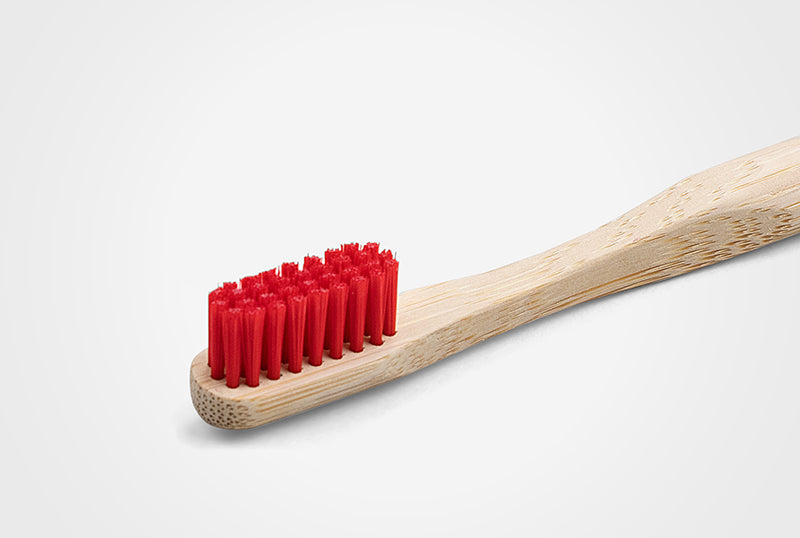

Say no to single plastic cutlery, try bamboo cutlery instead
Next time you dine out or order takeout, say no to single-use plastic cutlery and give bamboo cutlery a try. Bamboo cutlery is lightweight, durable, and can be reused multiple times, making it an eco-friendly alternative to plastic utensils.
Our eco-friendly mobile cases
For our plastic-free mobile cases, we developed a form of plastic made from the byproduct (waste material) from linseed farming that can be composted in your back garden, or recycled into a new case multiple times via our circularity programme - agood loop. This means that, either way, your case won’t pollute the environment and potentially end up inside you!
While the plastic problem may seem overwhelming, there is hope on the horizon. We have the power to make a difference by adopting sustainable practices and reducing our reliance on plastic, ultimately transitioning to reusable alternatives to single-use plastics.
Let's put plastic on notice: You've been served, and your days of wreaking havoc on our planet are numbered! With each step we take towards reducing, reusing and recycling, we edge closer to a world where plastic is just a forgotten melody, not an environmental cacophony. Together, let's orchestrate a symphony of sustainability that harmonises with the rhythms of nature.






